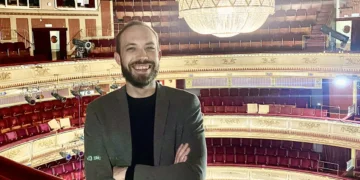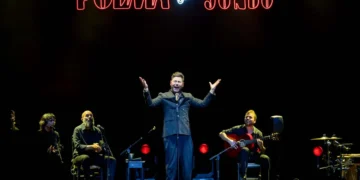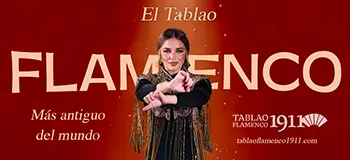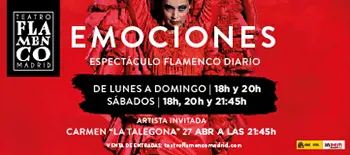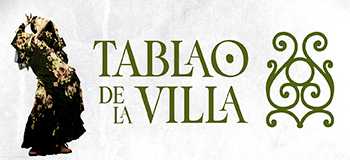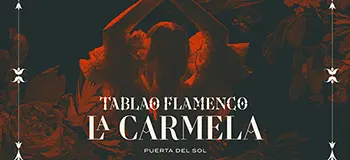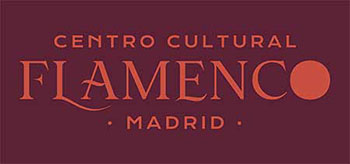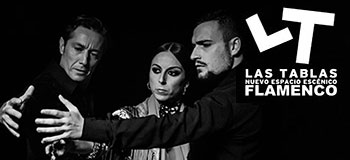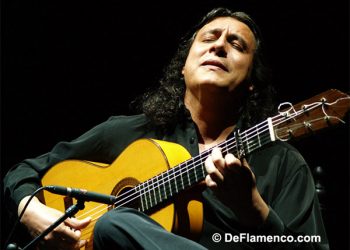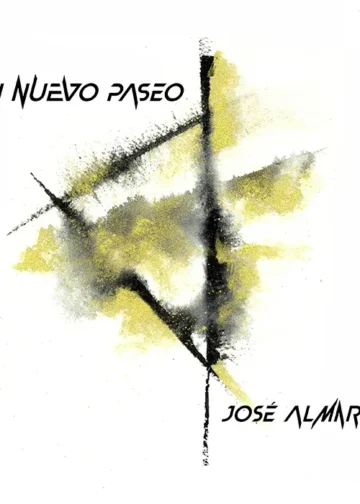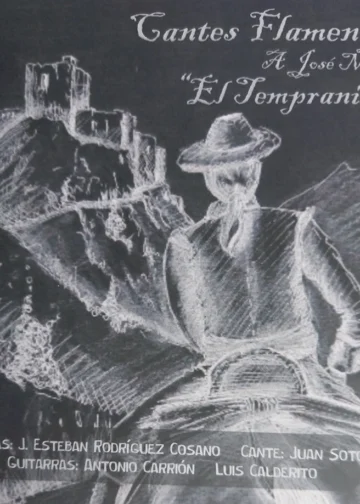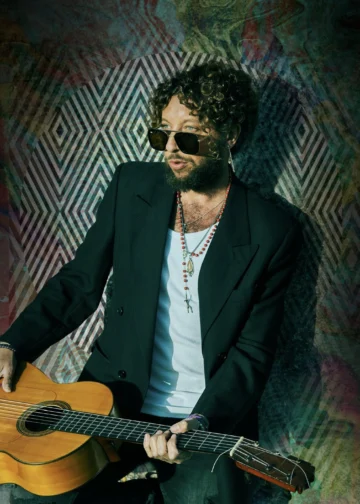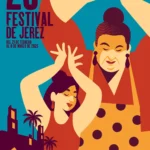|
‘EL PINTOR DE SONIDOS’ World premiere |
|
SPECIAL BIENAL DE FLAMENCO DE SEVILLA 2008 Text: Juan Diego Martín Cabeza One thing is the intent, the initial concept upon which Nicasio Moreno wanted to construct this show, and something entirely different is the result. “El Pintor de Sonidos”, ‘painter of sounds’, refers to an investigation into flamenco guitar, and its harmonic possibilities. The original intent responds to a clear aesthetic and musical idea, both in the title and in the libretto that appears on the program. But the best of intentions become lost in an overly fussy, poorly worked show. As the artists come and go, the objective seems to become more distant with each one. The work opens with a simple encounter between Moreno on guitar, and la “vina”, a Hindu instrument that Gualberto uses to pull out wrenching melodies that echo the malagueña of Mellizo. From that point on, with an uneven flow of comings and goings, the various pseudo flamenco numbers are more or less woven together with Nicasio Moreno’s cello, and the voices of Encarna and José Anillo. Once again in this Bienal, we’re offered songs which barely manage to suggest flamenco styles of any kind. The program announced Diego Carrasco, who in the end was unable to be present, and in was rude to the audience not to compensate or apologize for that absence in some way, if only because he had an important part in the work and was substituted by a mediocre singer who didn’t come close to doing what the man from Jerez is capable of. In the following numbers, as many as ten dancers took part, each one offering his or her short bit. Some compositions were more danceable that others, and there was an uneven quality. Aggravating the situation was the bizarre mix of musical genres which included jazz, rock, pop, African dance and belly-dance, making for an indigestible mix. A lot of artists took this year’s slogan of the Bienal literally: “The music of flamenco”, which is as bogus and vacuous at the blurb “The history of flamenco is made in the Bienal”. The result was many good musicians decided to take big risks, contribute to “making history” or set music to classic poetry which doesn’t go with flamenco no matter how much you force the issue. We are told about risk and experimentation when a lot of us feel the truly risky and revolutionary act in this “festival of festivals” would be to just sit down and sing flamenco. The person capable of doing that, consider the paradox, would truly make history in this Bienal.
|



 XV BIENAL DE FLAMENCO DE SEVILLA
XV BIENAL DE FLAMENCO DE SEVILLA

